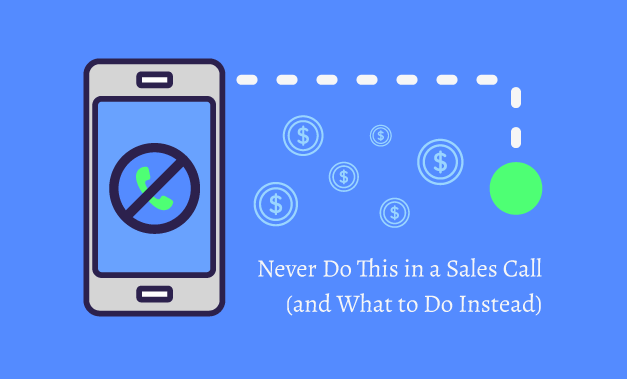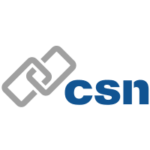When I transitioned from a sales rep to startup owner (read: frequent prospect), I noticed an aggravating trend—one reps should never do during a sales call. This post explores that trend and what sales reps should do and say instead.
The Bad Sales Trend
Cold calling prospects is necessary. The problem is when reps ask for an appointment, no matter what the prospect says. For example:
Sales rep: We are a full-service marketing firm, and we would love to show you how we can help SuccessKit generate millions of dollars in the next year.
Me: Thanks. However, we are a startup, and we just brought on our first marketing hire. I don’t think we are a prospect for you.
Sales rep: Totally understand, but if you have some time, there is no commitment. My director can walk you through our process…
This happens all the time, yet it’s ineffective on many levels, namely:
- It’s not likely going to change my mind.
- It gives me the impression that the rep doesn’t listen to me or care what I think.
- The people that do actually change course and agree to a conversation will likely waste your time during the call or skip it altogether.
What Can Reps Do Instead?
Sales reps must stop following the bad sales trend of blindly trying to schedule an appointment with someone who isn’t a fit. Instead, they should aim for trying to address objections or concerns first. Here’s an example of how that might look:
Sales rep: We are a full-service marketing firm, and we would love to show you how we can help SuccessKit generate millions of dollars in the next year.
Me: Thanks. However, we are a startup, and we just brought on our first marketing hire. I don’t think we are a prospect for you.
Sales rep: Totally understand—it probably doesn’t feel like the time to outsource marketing. However, we just worked with a startup at the same stage as you, and they found that having outsourced while they brought on their first marketing person worked in the traditional sense—and made their new hire 10x more productive. Would you like to see how the startup did this?
This approach can work. Granted, it won’t work every time, and if a sales rep is dealing with prospects who just aren’t interested or a fit, then the prospects will say no again. But in the second example, the sales rep demonstrated active listening and indicated proof that the sales rep’s company could help me specifically. The sales rep listened to my objection and offered a sensible response.
Conclusion
Making the effort to avoid the bad sales trend of scrambling to get any prospects to take the bait requires doing a little research about each prospect before calling. This homework pays off, though; sales reps increase their chances of prospects agreeing to calls, which leads to making more sales.
And sales reps, keep in mind that having Case Studies and Customer Success Stories at the ready will make it far easier to tailor calls to prospects. For more information, contact us at [email protected].




























































